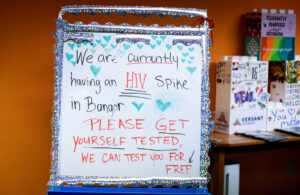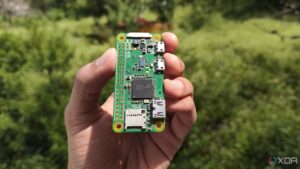
Breast cancer remains one of the most prevalent cancers affecting women globally, with alarming statistics revealing that a woman in the UK receives a diagnosis every ten minutes. According to Cancer Research UK, approximately 56,500 women and around 390 men are diagnosed with this disease annually. Recent studies show a concerning decline in self-examination rates among women, dropping from 49% in 2022 to just 45% in 2024.
As Breast Cancer Awareness Month approaches in October, Dr. Cihan Uras, a breast cancer surgeon with over 35 years of experience at Acıbadem Hospitals, is urging individuals to prioritize breast health by adopting effective self-examination techniques. He emphasizes that a thorough check can take less time than brewing a cup of tea, potentially leading to early detection.
Understanding the Importance of Self-Examinations
Dr. Uras highlights that early detection significantly increases survival rates for breast cancer. He explains, “Breast cancer is the most common cancer among women worldwide, but when it’s detected early, survival rates are very high.” He encourages everyone to become familiar with their bodies and to notice changes promptly, stressing that a self-check only takes around three minutes.
The procedure involves three simple steps that can be performed monthly. Dr. Uras outlines the process as follows:
1. **Examine in the Mirror (1 minute)**: Stand topless in front of the mirror with shoulders straight and hands on hips. Look for any noticeable differences, such as dimpling of the skin, redness, or changes in the nipple, especially inversion or discharge. Regular checks will make it easier to spot these changes.
2. **Lift Your Arms (30 seconds)**: Raise your arms above your head while continuing to observe the contours of your breasts. Dr. Uras advises that this action stretches the breast tissue, making subtle changes more visible. Pay attention to any swelling or pulling of the skin during this step.
3. **Feel While Standing and Lying Down (90 seconds)**: This final stage should be done while lying down. Use the flat of your fingertips to explore your breasts in circular motions, ensuring you cover the entire area, including the armpit. Dr. Uras recommends applying different pressures to detect any lumps, thickened areas, or tenderness.
What to Do If You Find Something
While it is essential to conduct these self-examinations regularly, Dr. Uras reassures individuals not to panic if they discover something unusual. Many changes can occur for various reasons, and not all indicate cancer. He advises that if a lump is found, it should be checked by a medical professional as soon as possible. Early detection can lead to timely treatment, which is crucial.
“The best time to do these checks is a few days after your period ends,” Dr. Uras adds. “For women who no longer have periods, picking the same time each month can help establish a routine.”
The NHS provides extensive resources and support for individuals facing breast cancer, making it easier for those affected and their families to access information and assistance. As Breast Cancer Awareness Month approaches, raising awareness about the importance of self-examination could ultimately save lives.
For further information, visit the NHS website, which offers comprehensive support and guidance on breast cancer awareness and prevention.






